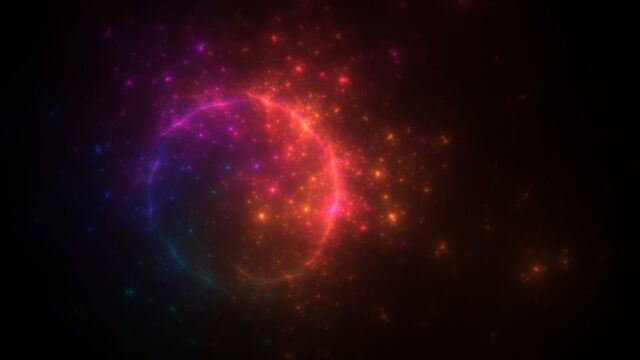A 'fluffy marshmallow' has been discovered, can it hold life?

Scientists have recently discovered an unusual planet whose density is shockingly low.
Our universe is a vast place with uncountable celestial bodies. Scientists constantly discover amazing new things that help them understand the space world better. Although life is going as well as it can on Earth, the resources of our planet are not endless. Scientists recently stumbled upon an unusual exoplanet that orbits a dwarf red star.
Discover our latest podcast
Fluffy exoplanet
As far as discoveries go, this one might sound a little adorable. Scientists have recently uncovered an exoplanet in the Milky way that has the density of a fluffy marshmallow. This one-of-a-kind planet has been the first one to be discovered and if this wasn’t cool enough, it even orbits a red dwarf star.
More under this adMore under this adhttps://t.co/ABTk9C5iUq@planetarypan
— The SETI Institute (@SETIInstitute) November 3, 2022
Marshmallow Gas Giant Found at Red Dwarf Star
An exoplanet found orbiting a red dwarf star turns out to have the density of a marshmallow, surprising researchers who didn’t expect a planet with an atmosphere that close to an active star. pic.twitter.com/7hU8s71Q2r
One of the key factors of a planet is its atmosphere, which is essential for any life force to survive. It helps scientists understand the environment of the planet and its condition due to orbiting red dwarf stars.
More under this adMore under this adIt’s vital to observe the gaseous state to monitor the particular gas that surrounds the exoplanet. The gas can be noticed ‘closely orbiting the small, tempestuous dwarf stars, which astronomers had previously suspected might strip any closely orbiting planets of a large proportion of their atmospheres’.
Red dwarf star
Since a red dwarf star plays a significant role in this discovery, let’s learn what it is. According to The Planet, a red dwarf produces energy through the fusion of hydrogen into lithium and they’re literally cooler than the sun.
More under this adMore under this adThey populate a large percentage of the universe and even have about 20 to 30 stars near earth. As per Shubham Kanodia, a planetary astronomer at Carnegie Institution for Science's Earth and Planets Laboratory:
Giant planets around red dwarf stars have traditionally been thought to be hard to formMore under this adMore under this ad
They are not visible by the naked eye from the earth and due to their small size, they are less illuminative and burn significantly slowly as compared to the sun. As reported by Space.com this gives them a longer lifespan of more than trillions of years
More under this adMore under this adSources used:
-Space.com: A Fluffy 'Marshmallow' World Has Been Discovered With Incredibly Low Density
-The Planets: Red Dwarf Star: The Coolest, the Smallest, and the Last One Shining